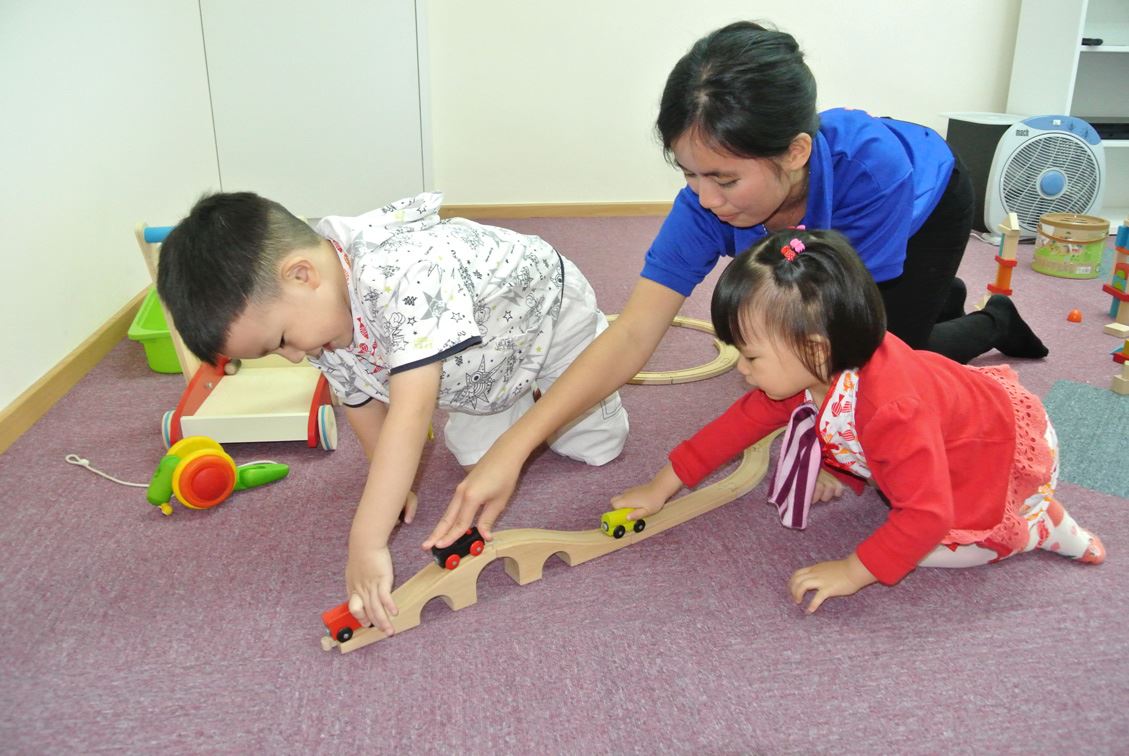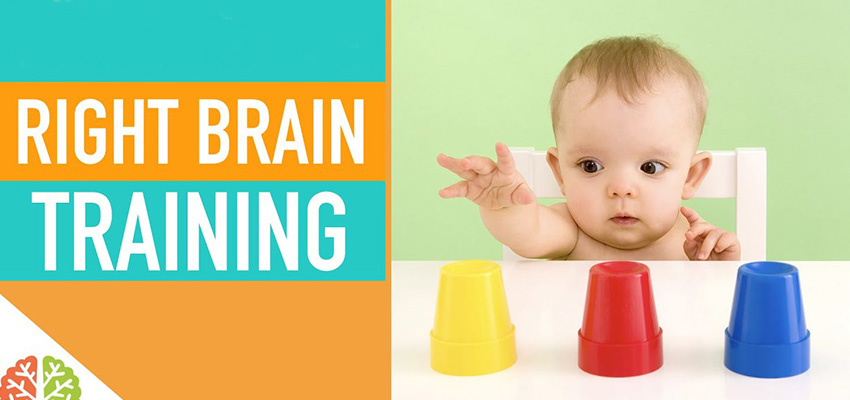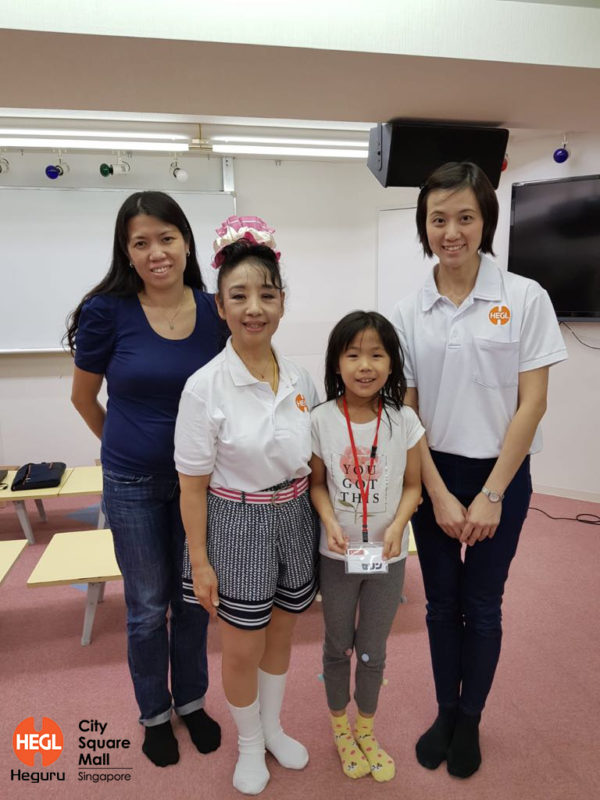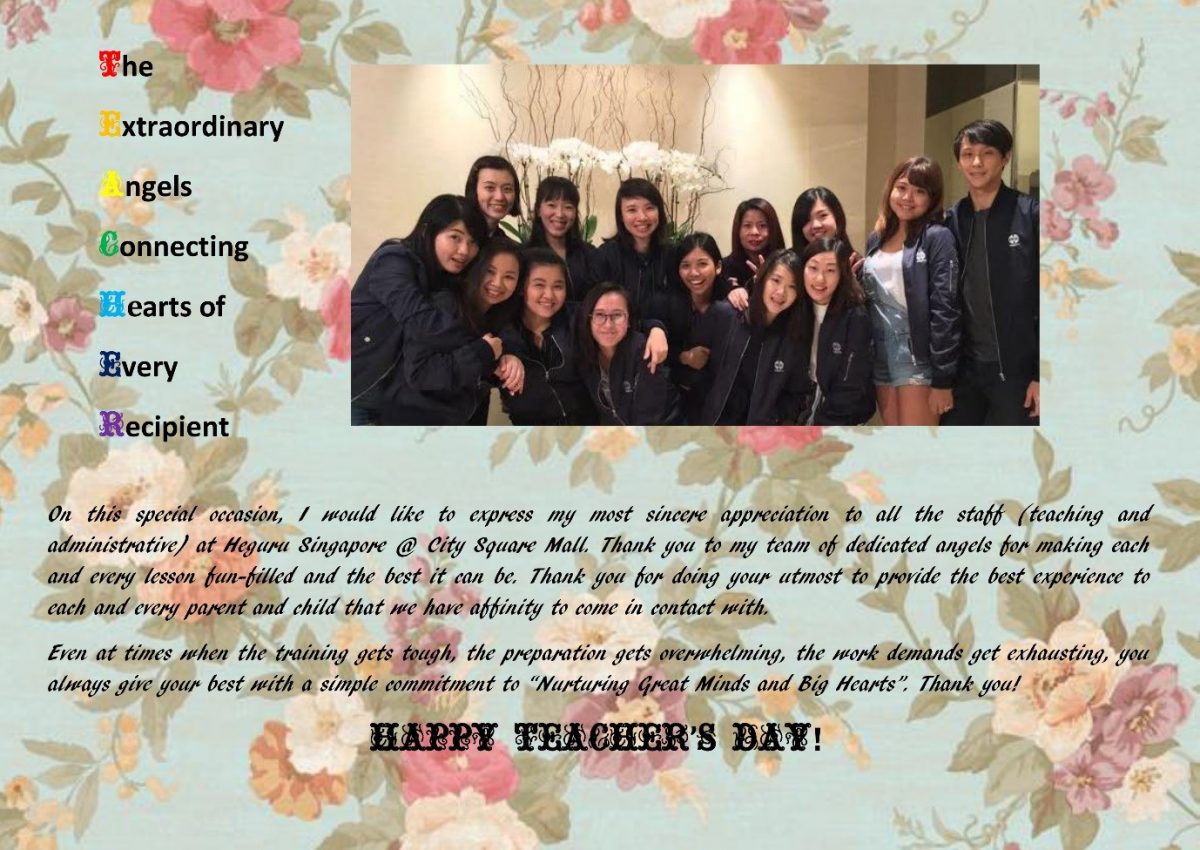In today’s competitive world, parents are always seeking creative methods to foster their children’s abilities and unlock their potential. Providing right-brain education to children has become increasingly important, leading to the rise in popularity of classes for toddlers and activities focused on the right brain.
In this blog, we will share a range of exceptional techniques designed to stimulate your child’s brain, boost their cognitive skills, and promote overall brain development. Discover intriguing brain-educational exercises that can greatly benefit your children’s growth and development.
Importance of Right Brain Education
“Right brain education” is an educational strategy that highlights the growth and development of the right hemisphere of the brain, known for its association with creativity, intuition, imagination, and holistic thinking. Two prominent systems within this approach are the Shichida vs Heguru methods. These methods employ various exercises such as flashcards, memory games, speed reading, music, and visualization techniques to maximize a child’s innate potential and enhance their cognitive abilities.
Both the Shichida and Heguru methods focus on nurturing a child’s creative, visual, problem-solving, and intuitive thinking skills. However, there are distinct differences between them. The Shichida method primarily utilizes flashcards to stimulate the right hemisphere of the brain, while the Heguru method takes a more comprehensive approach by incorporating music, storytelling, and games into its teaching methodology.
Home Activities for Right Brain Development
Flashcards and Visual Training
Enhance your child’s photographic memory and quick information-processing skills with engaging flashcards featuring vibrant illustrations of fruits, animals, and other objects. Present the flashcards to your child for a brief period, and then ask them to recall the pictures. This activity not only stimulates their memory but also strengthens their ability to process information rapidly.
Mandala Coloring
Engage your child in the art of coloring intricate mandalas or designs, encouraging the development of artistic abilities, concentration, and attention to detail. This practice not only enhances their artistic skills but also cultivates mindfulness as they learn to focus and find calmness in the process. Through coloring, children can explore their creativity and embrace the meditative benefits that arise from this soothing activity.
Classical Music
Create a stimulating environment for your child by playing classical music while they rest or engage in other activities. Classical music has been found to stimulate the right brain, contributing to enhanced spatial-temporal reasoning, memory consolidation, and emotional growth. By incorporating classical music into their daily routine, you provide a backdrop that can positively impact your child’s cognitive development and overall emotional well-being.
Rapid Reading
Boost your child’s speed reading, peripheral vision, and overall cognitive processing skills by giving them a set of short sentences or phrases and encouraging them to read them as quickly as possible. This practice effectively enhances their ability to process information rapidly while expanding their peripheral vision. By engaging in this activity, your child can improve their reading speed and strengthen their cognitive abilities.
Memory Games
Enhance your child’s memory retention and recall abilities by incorporating memory games like “Kim’s Game” or “Memory Match” into their routine. Start by using objects or flashcards and gradually increase the complexity of the game to provide a continuous challenge. These memory games provide an engaging way for your child to exercise their memory skills while having fun. Regular practice will help strengthen their ability to remember and recall information effectively.
Visualization Exercises
Engage in guided visualization exercises with your child. Encourage children to imagine stories, adventures, or fantastical worlds in their minds. This method develops the child’s capacity for visual thought as well as imagination and creativity. rephrase
Simple Physical Activities
Incorporate simple physical activities into your child’s routine that encourage cross-patterning motions, such as cross-crawling, jumping jacks, or crawling. These activities effectively stimulate neuronal connections between the cerebral hemispheres, leading to increased overall brain function. By engaging in these exercises, your child can enhance their coordination skills while promoting the integration of both sides of their brain. It’s a fun and effective way to support their cognitive development and neural connectivity.
Sensory Play
Engage your child in sensory activities such as water play, tactile material play, and finger painting to foster the growth of their right brain. These activities enhance their ability to perceive and process sensory data, contributing to the development of their right hemisphere. By encouraging sensory exploration, you provide your child with valuable opportunities to expand their cognitive abilities and stimulate their creative thinking.
Story Telling and Drama
Encourage your child to create and act out their own stories. This engaging exercise not only stimulates their imagination but also enhances their emotional expressiveness and communication skills. By encouraging storytelling and performance, you provide a platform for your child to develop their creativity and self-expression. Furthermore, this activity promotes empathy and cultivates an appreciation for different perspectives and narratives.
Bilateral Cooperation Games
Encourage your child to participate in games and activities that require bilateral cooperation, such as building block play or puzzle solving. When both hands are actively engaged, the left and right hemispheres of the brain synchronize, leading to improved analytical thinking and problem-solving abilities. By engaging in these types of activities, your child can enhance their cognitive skills and develop a better understanding of spatial relationships. It’s a fun and effective way to foster their overall brain development.
Conclusion
Supporting your child’s holistic development and nurturing their creative potential can be achieved through Right Brain Education. By incorporating activities and training at home, parents can actively contribute to their child’s right brain development.
Heguru Center is recognized as a leading institution dedicated to fostering children’s creative potential through Right Brain Development. Our diverse range of programs caters to children of all ages, providing them with a solid foundation for holistic growth. We deeply understand the significance of early brain development and its long-lasting impact on a child’s talents and achievements.
Our programs specifically target the right hemisphere of the brain, responsible for creativity, intuition, and holistic thinking. By placing a strong emphasis on the right brain development, we empower each child to unlock their full potential and equip them with the necessary skills to thrive in an increasingly competitive society.












